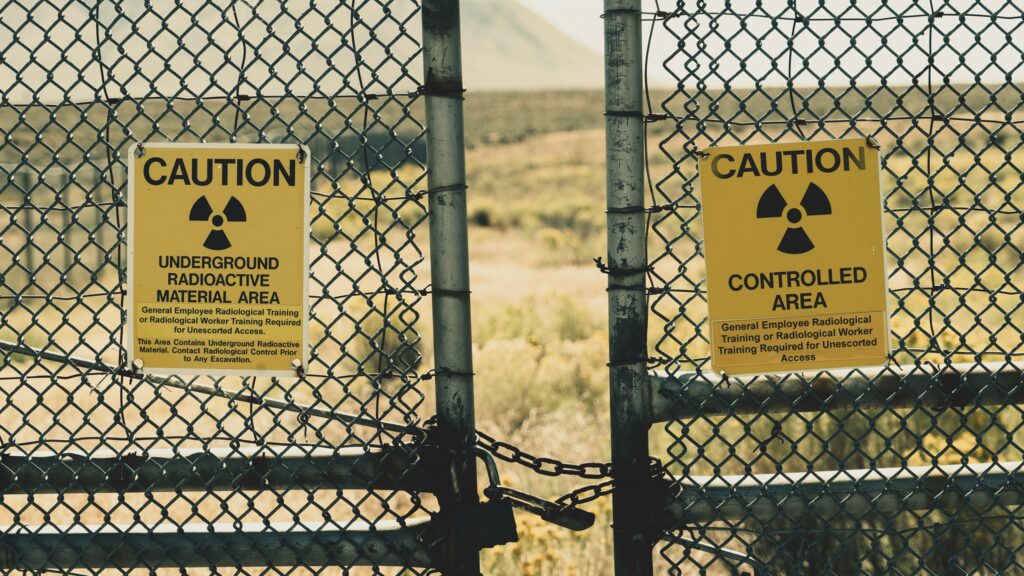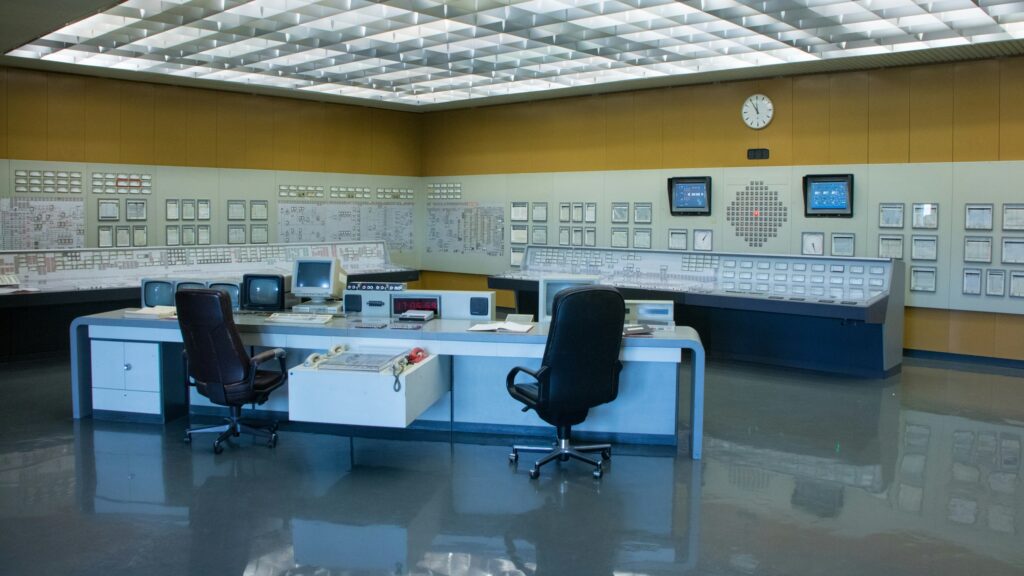Big Tech is turning toward nuclear power as alternative energy sources can’t meet their energy needs. Tech giants like Microsoft, Amazon, and Google are investing in nuclear energy to power their data centres.
Microsoft gives a new life to a defunct nuclear plant
The shuttered Three Mile Island nuclear plant in Pennsylvania, infamous for a partial meltdown in 1979, is at the centre of Microsoft’s nuclear resurgence strategy. The tech giant has inked a deal with Constellation Energy, which owns the plant, to restart its remaining reactor and purchase all the energy generated for the next 20 years.
Alternative renewable sources like solar or wind can’t meet Microsoft and other tech businesses’ monstrous energy demands. According to the International Energy Agency, the combined energy demand from data centres, AI, and cryptocurrency mining could double between 2022 and 2026, reaching an estimated 1,000 TWh (equivalent to Japan’s total electricity consumption).
Amazon and Google invest their greenbacks in plutonium
Microsoft isn’t alone. In March, Amazon invested US$650 million to secure land for a data centre next to Talen Energy’s Susquehanna nuclear facility, one of the largest in the United States. Recently, Amazon further demonstrated its commitment to nuclear energy by investing in X-Energy, a small modular reactor (SMR) developer, in a US$500 million funding round.
SMRs are a new generation of compact, smaller, flexible nuclear reactors that are easier and faster to build than traditional nuclear plants. While traditional nuclear facilities can cost tens of billions of dollars, SMRs come with a lower price tag (around US$1 billion).
The two companies, Amazon and X-Energy, aim to deploy over 5 GW of power through these SMRs by 2039, enough to supply more than 4 million households.


Google has commissioned seven SMRs from Kairos Power, a California-based energy startup, in a 500 MW deal. Kairos Power’s reactors use an innovative molten salt cooling system that operates at nearly atmospheric pressure, transferring heat to generate steam, which powers a turbine to produce electricity.
“The next generation of advanced nuclear reactors offers a new pathway to accelerate nuclear deployment thanks to their simplified design and robust, inherent safety. The smaller size and modular design can reduce construction timelines, allow deployment in more places, and make the final project delivery more predictable,” explained Michael Terrell, senior director of energy and climate at Google last month.
Yann LeCun, lead AI scientist of Meta (the company owner of Facebook, Instagram and WhatsApp), also pointed out recently that nuclear has clear advantages: “Solar and wind are nice and all, but they require lots of land and massive-scale energy storage systems for when there is too little sun and/or wind. Neither simple nor cheap,” she highlighted.

New nuclear era
This renewed interest from technology companies has breathed new life into a declining energy source. According to a recent US Congress report, 12 nuclear reactors have closed in the United States since 2012, with seven more slated to shut down next year. Only three new nuclear plants have been built in the country since the mid-1990s. Europe has similarly scaled back, with Germany phasing out nuclear.
The decline in use is explained by high-profile accidents like Three Mile Island (1979), Chernobyl (1986), and Fukushima (2011). However, nuclear power is the second most safe energy source, measured in deaths per terawatt-hour of electricity production.

